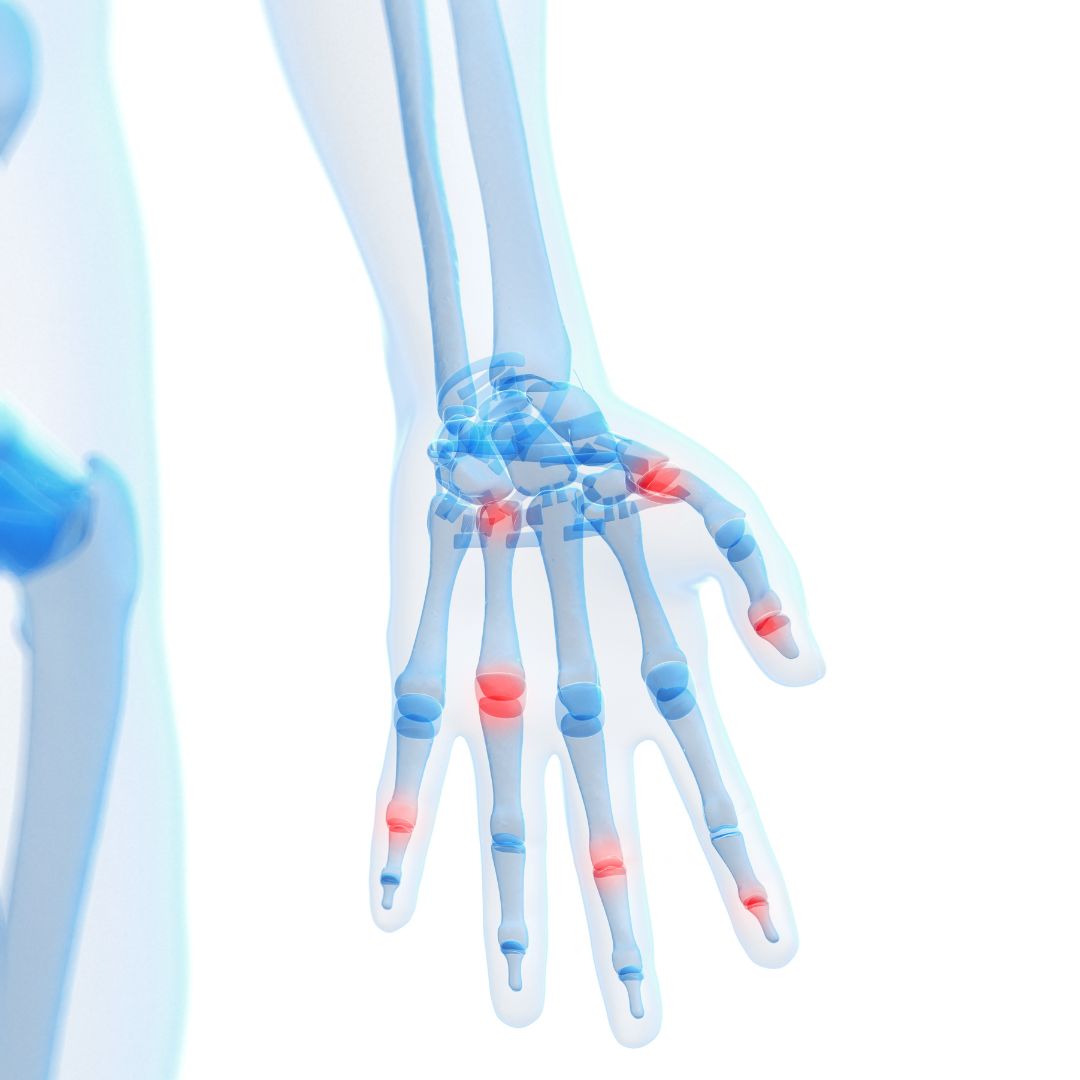Joint cracking is a common phenomenon. It’s often associated with the release of gas bubbles in the synovial fluid and can be harmless. Interestingly though, it occurs most frequently in joints lacking stability and adequate support from the surrounding muscular system, which is a cause for concern. This instability can result from muscle imbalances, which may hold the joint out of its optimal position. This leads to compression and the gradual buildup of pressure. When the joint moves through its range of motion, the pressure is released, producing that characteristic pop or click.
Is There Anything To Worry About?
These sounds are generally harmless and a normal part of movement, but if they’re accompanied by other symptoms such as pain, swelling, or decreased range of motion or if you’re suddenly a one-person percussion section with lots of clicks and clacks from joints that were never noisy before it’s time to make an appointment at with your local osteo at the Body@Boronia, in Melbourne’s eastern suburbs.
To book an appointment please call us on 03 9762 9445 or click on the Book Online link, our team of experienced osteopaths will evaluate you to rule out any underlying joint dysfunction or pathology and work with you towards improved musculoskeletal health.
Anatomy of a Crack
Affected areas often include the neck, lower back, toes/ankles, and fingers/hands. For instance, cracking sounds in your hands and fingers might indicate imbalances in the muscles of the forearms or the muscles that extend and flex the fingers, or weakness or tightness in the hand itself. In the spine, cracking may occur due to vertebral joint movement itself or the release of gas bubbles. Imbalances in the paravertebral muscles (including the erector spinae and multifidus muscles), weakness or dysfunction in the core muscles, or excessive tightness in the hip flexors, hamstrings or gluteal muscles could all contribute to those cracks and pops. These imbalances can lead to other problems too, so consider the noises as warning signs rather than issues in themselves.
How Can We Help?
At Body@Boronia, our team of osteopaths is dedicated to helping you understand and address joint cracking and its underlying causes. Through a thorough assessment, we identify muscle imbalances, joint dysfunctions, and other contributing factors. We then develop personalised treatment plans aimed at restoring proper joint function and stability.
Treatment may include manual therapy techniques such as soft tissue manipulation, joint mobilisation, and stretching exercises to address muscle imbalances and improve joint mobility. Additionally, guidance on posture correction, ergonomic modifications, and lifestyle factors can promote overall musculoskeletal health.
Conclusion:
If you’re surprised by a sudden increase in joint cracking, or your joints have always cracked a lot, especially if it’s accompanied by pain or reduced mobility, call us on 03 9762 9445 to schedule an appointment with one of our experienced osteopaths. We’re here to help.
For more useful information, please follow us on Facebook Facebook.com/bodyatboronia and Instagram instagram.com/bodyatboronia.
References
Budd, M. (2023, October) Creaky Shoulders? What To Do For Shoulder Crepitus, PhysioEd. [Online] Available at https://physioed.com/shoulder-crepitus/. Accessed on 6/3/24.





